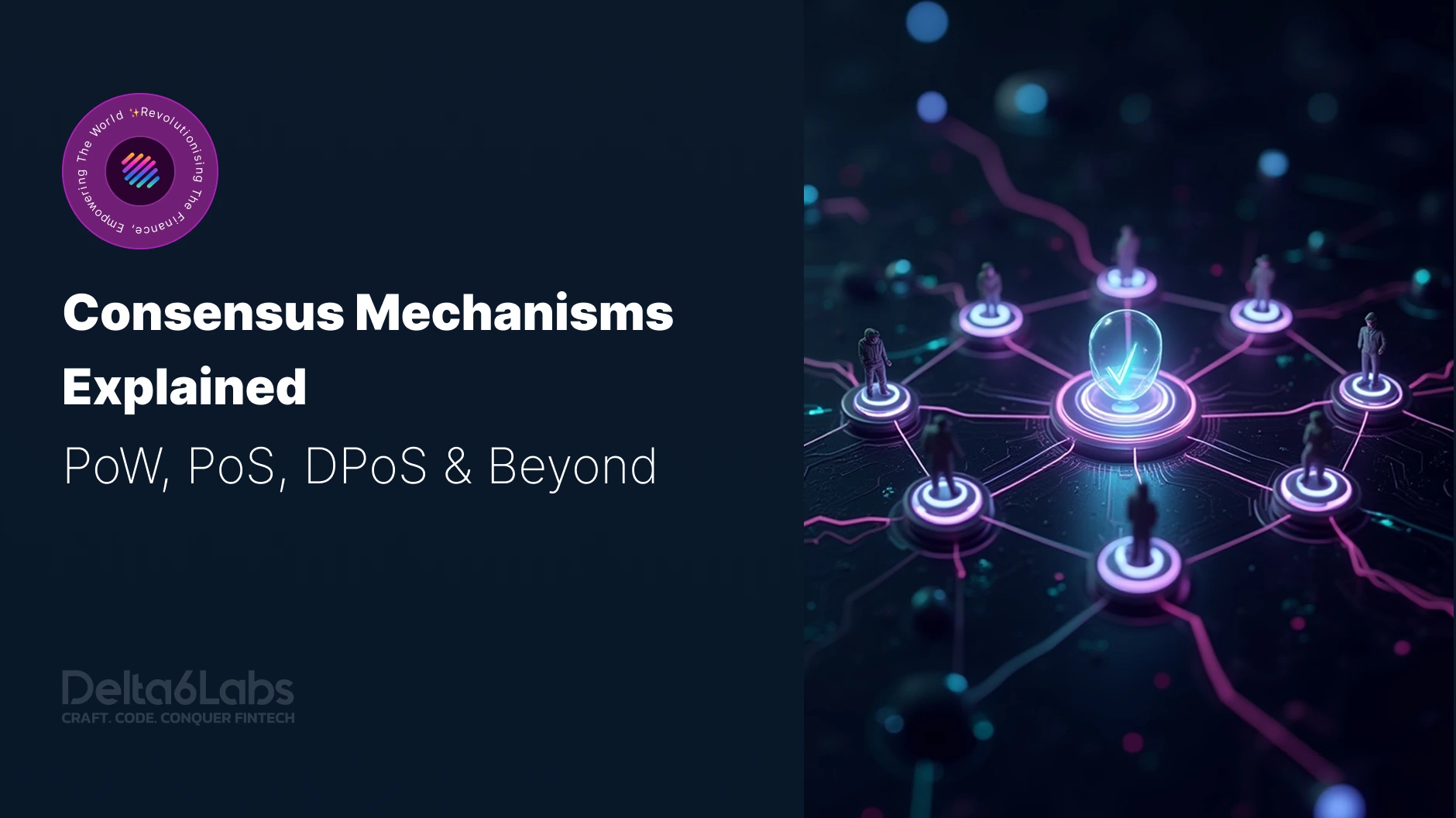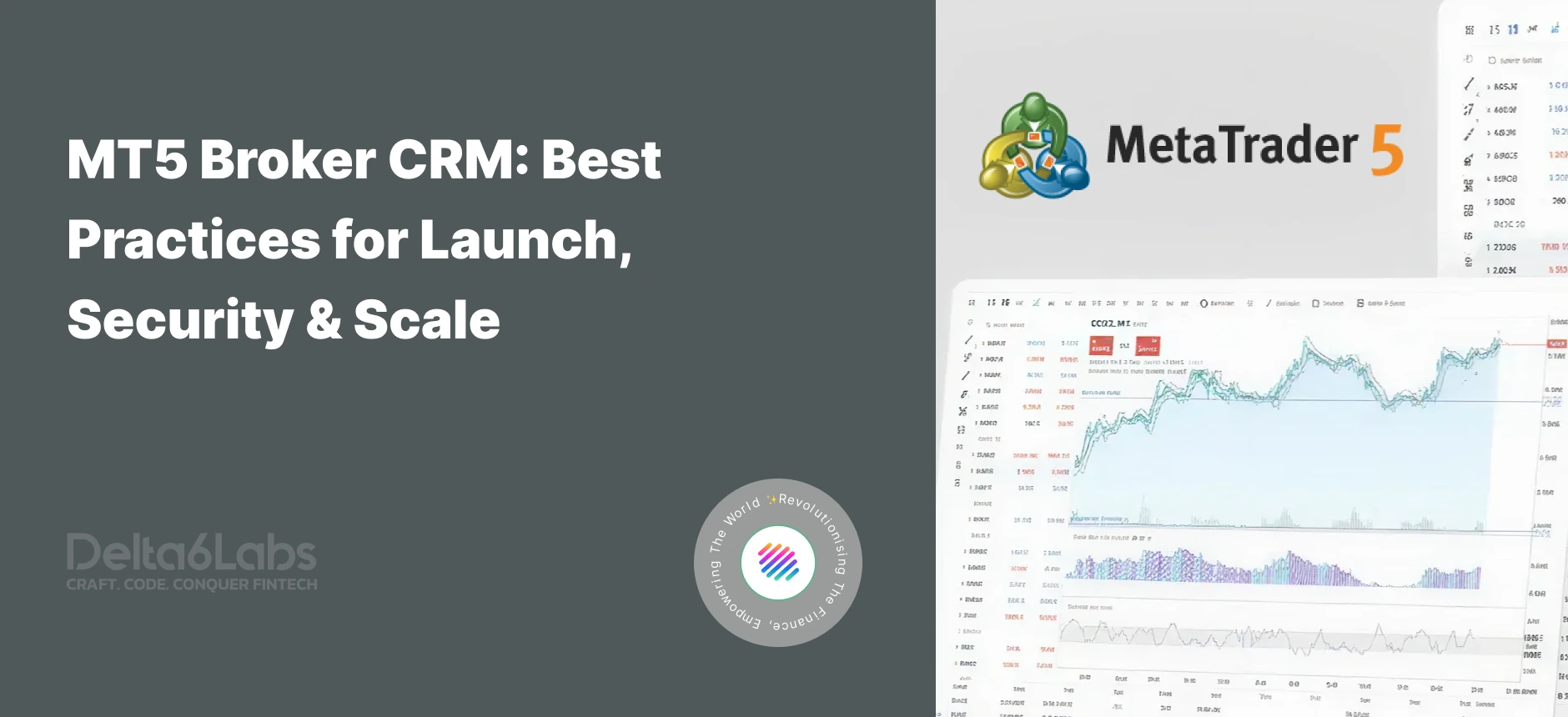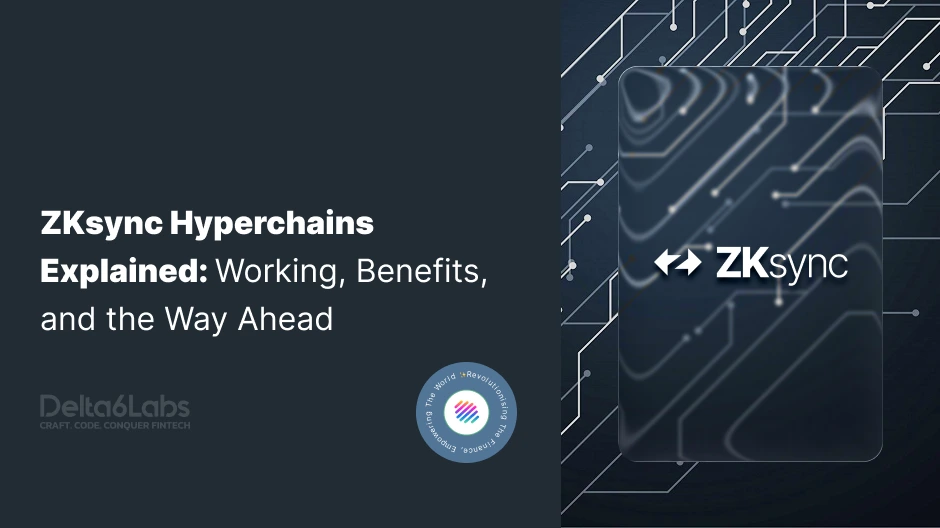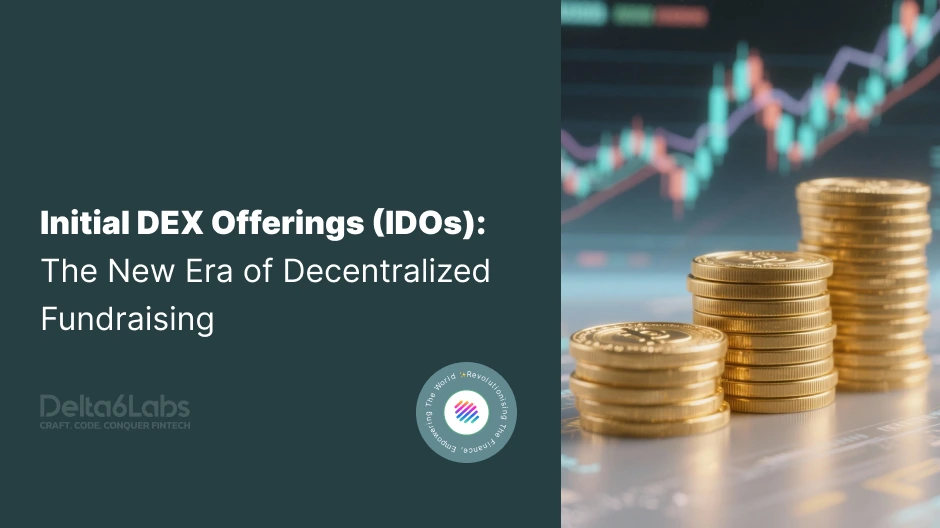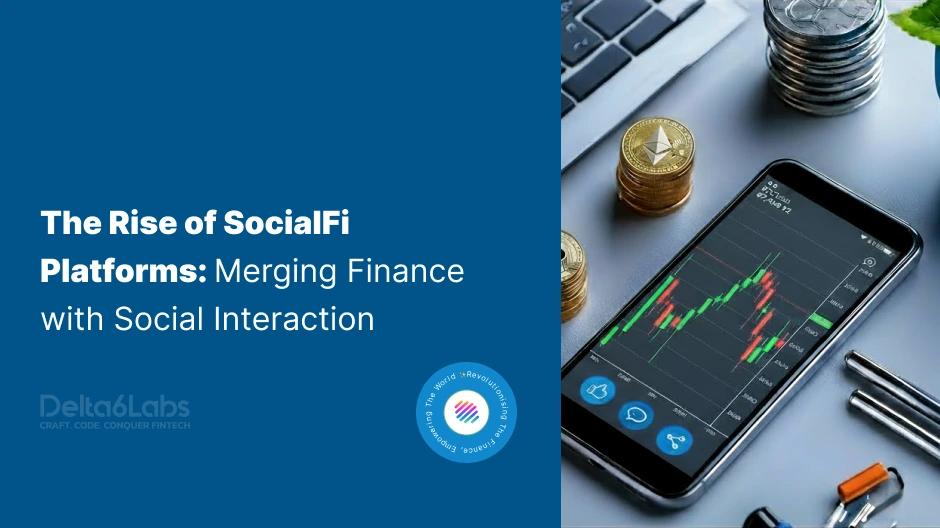Consensus Mechanism Explained: PoW, PoS, DPoS & Beyond
Table of Contents
What is a Consensus Mechanism?
Consensus mechanism is the process used in blockchain networks to ensure that all participants (called nodes) agree on the validity of transactions and the order in which they are added to the blockchain. Since blockchains are decentralized and don’t rely on a central authority, consensus mechanisms provide the rules that keep every copy of the ledger consistent and secure. In simple terms, consensus mechanism is the agreement system that keeps a blockchain running smoothly, securely, and fairly.
Key Types of Consensus Mechanisms
In the blockchain industry, various consensus mechanisms exist based on the functionalities of nodes and the blockchain’s requirements for validating the addition of new blocks to the network. Some of these are as follows :
Proof-of-Work (PoW) Mechanism
The Proof-of-Work mechanism is a decentralized consensus protocol used by blockchain networks, such as Bitcoin and initially Ethereum, to validate transactions. The PoW represents the efforts made by miners to solve a mathematical puzzle that is necessary to add new blocks to the blockchain network. The PoW eliminates the need for intermediaries and facilitates secure peer-to-peer transactions.
The PoW consensus mechanism also ensures that data alteration hasn’t taken place and that the miners have executed the mining process with transparency. After mining, each miner broadcasts to the network that a new block has been added and validated by the PoW mechanism.
The primary disadvantage of the PoW mechanism is its high electricity consumption. Bitcoin and the original version of Ethereum utilized the PoW consensus mechanism, leading to increased electricity consumption and substantial CO2 emissions.
Proof-of-Stake (PoS) Mechanism
The Proof of Stake (PoS) mechanism operates on the concept of staking. To qualify as validators, nodes in the network lock up a certain amount of cryptocurrency as collateral, giving them the opportunity to validate new blocks and earn rewards. However, because of this staking requirement, only a limited number of nodes typically participate as validators.
Unlike the Proof of Work (PoW) mechanism, where nodes compete to solve complex mathematical puzzles that consume significant amounts of energy, PoS eliminates this energy-intensive process. As a result, it is far more energy-efficient. Prominent blockchains such as Ethereum (with the Casper upgrade), Nxt, and Peercoin have adopted the PoS mechanism.
Delegated Proof-of-Stake (DPoS) Mechanism
The Delegated Proof-of-Stake mechanism is an extension of the existing PoS consensus protocol, with one significant difference. It introduces a delegation system to improve scalability, transparency, and energy efficiency. In this consensus mechanism, nodes can transfer/delegate their validation rights to some other node on their behalf. This reduces the number of nodes in a transaction and makes the process faster and secure. One of the most significant benefits of the DPoS mechanism is that it fosters democratization by allowing nodes to choose their representatives.
Proof-of-Space and Time
Proof of Space and Time is a consensus mechanism used in blockchain networks as an energy-efficient alternative to Proof of Work. It utilizes unused storage space on a user’s hard drive (Proof of Space) and verifies that a specific amount of time has passed between blocks (Proof of Time). Participants, known as “farmers,” allocate disk space to store cryptographic data.
When a new block needs to be created, the network selects a participant with the best-matching data. A Verifiable Delay Function (VDF) ensures a minimum time delay, adding both security and fairness to the process. This approach reduces energy consumption while maintaining decentralization and integrity.
Proof of History (PoH) Mechanism
Proof of History is a consensus mechanism developed by Solana to enhance blockchain scalability and efficiency. Unlike traditional consensus methods that rely on external timestamps or global clocks, PoH generates a historical record that verifies the sequence and timing of events.
It employs a Verifiable Delay Function (VDF) to generate a unique and verifiable cryptographic timestamp, enabling validators to agree on the order of transactions without requiring confirmation from one another. This process significantly reduces latency and increases throughput. PoH works in conjunction with Proof of Stake in Solana, enabling the high-speed, low-cost, and decentralized processing of thousands of transactions per second.
Proof-of-Authority (PoA) Mechanism
Proof of Authority is a consensus mechanism where a select group of trusted, pre-approved validators are given the right to generate new blocks and maintain the security of the network. Unlike Proof of Work or Proof of Stake, which depend on computational power or token holdings, PoA relies on the identity and reputation of the validators.
Each validator’s identity is known and trusted, making PoA well-suited for private or consortium blockchains where transparency and efficiency are prioritized over decentralization. PoA offers fast transaction speeds, low energy consumption, and high scalability; however, its reliance on a small group of trusted entities can lead to reduced overall network decentralization.
Final Words
Consensus mechanisms form the foundation of blockchain technology, ensuring trust, security, and decentralization across various applications. They include different types, ranging from energy-intensive models like Proof of Work to more sustainable and scalable alternatives such as Proof of Stake, Delegated Proof of Stake, Proof of Space and Time, Proof of History, and Proof of Authority.
Each protocol is designed to address specific needs and challenges. The choice of a consensus mechanism depends on several factors, including the type of network, transaction volume, energy efficiency, and governance structure. As blockchain technology continues to evolve, the development of consensus algorithms will be crucial in shaping faster, fairer, and more inclusive digital ecosystems across different industries.
Delta6Labs specializes in guiding businesses toward the most suitable consensus protocols for their blockchain projects. We assess models such as PoW, PoS, DPoS, and PoA to match scalability, security, and efficiency goals. Our experts design and implement tailored mechanisms that strengthen network reliability and performance. This approach enables organizations to launch transparent, secure, and future-oriented blockchain solutions.
Frequently Asked Questions
Disclaimer:
The information on this blog is for knowledge purposes only. The content provided is subject to updates, completion, verification, and amendments, which may result in significant changes.
Nothing in this blog is intended to serve as legal, tax, securities, or investment advice of any investment or a solicitation for any product or service.
